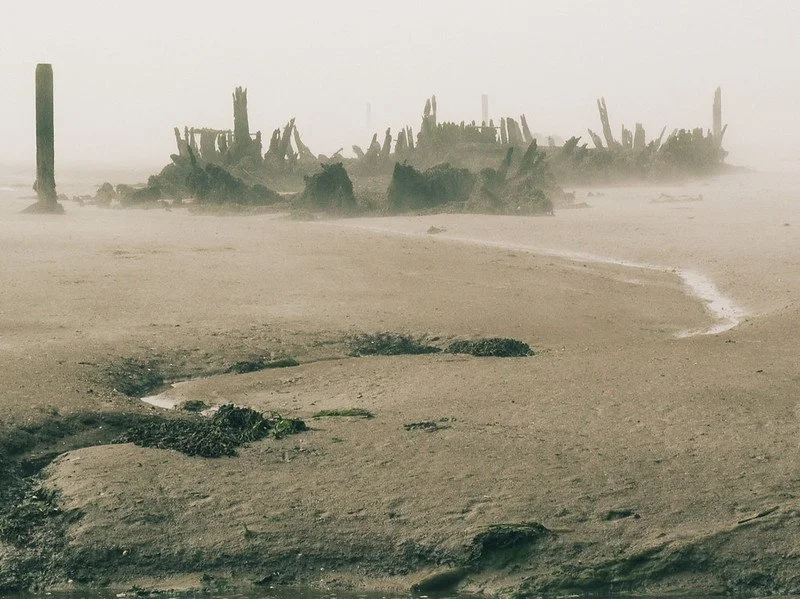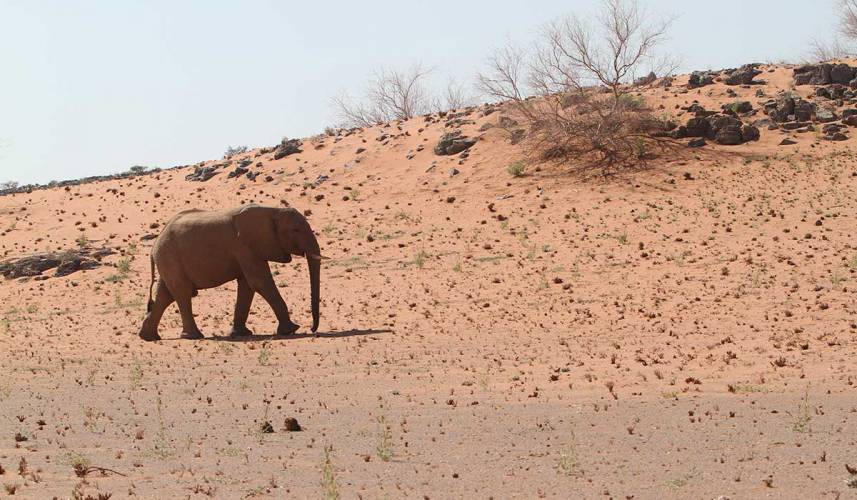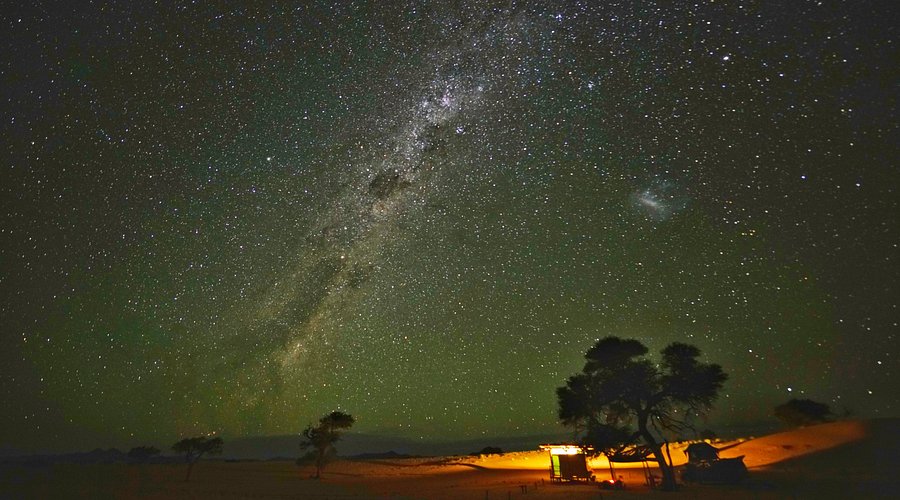Namibia: Where the Desert Meets the Cosmos - A Geologist's Journey Under the Namibian Night

Namibia. The name itself conjures images of vast, desolate landscapes, a place where the earth stretches out to meet an endless horizon. As a geologist and amateur astrophotographer from the perpetually overcast skies of Britain, it had long been a dream of mine to explore this corner of Africa. My recent trip, focusing on the Skeleton Coast and Damaraland regions, delivered an experience that exceeded all expectations – a raw, untamed beauty by day and a breathtaking celestial display by night.
The Eerie Majesty of the Skeleton Coast
My adventure began on the Skeleton Coast, a place aptly named. The heavy, cold fog rolled in from the Atlantic, creating an eerie and surreal atmosphere. Using my trusty Sony Alpha 7S III with a Sony FE 16-35mm f/2.8 GM lens, I attempted to capture the haunting beauty of the shipwrecks that litter the coastline. These rusted hulks, slowly being consumed by the relentless forces of nature, stood as stark reminders of the power of the ocean. The monochromatic palette of the landscape, muted by the fog, emphasized the feeling of isolation. The contrast between the soft, shifting sands and the unforgiving, churning ocean was palpable. The textures of the corroded metal, pitted and scarred by the elements, were a geologist's delight, telling a silent story of time and decay. This location is a prime spot for Skeleton Coast Shipwreck Photography and Skeleton Coast Geology Trips.
Damaraland: A Landscape Transformed
Leaving the coast behind, I headed inland to Damaraland in my rented Land Rover Defender. The landscape underwent a dramatic transformation. Gone were the towering dunes and the ever-present fog; instead, I was greeted by ancient, eroded mountains and vast gravel plains stretching as far as the eye could see. This is the perfect landscape for a Namibia self drive stargazing itinerary.

I embarked on a guided 4x4 safari, hoping to catch a glimpse of the desert-adapted wildlife that calls this harsh environment home. My local guide, whose knowledge of the land was encyclopedic, led me on a quest to track down desert elephants and black rhinos. Using my Sony Alpha 7S III and a Sony FE 200-600mm f/5.6-6.3 G OSS lens, I managed to capture some incredible images of these magnificent creatures. Observing them up close, I was struck by their resilience. Their adaptations to the extreme heat and scarcity of water were truly remarkable. The intense heat of the day beat down relentlessly, but the feeling of being immersed in such a vast, untouched wilderness was exhilarating.
Ancient Echoes: The Rock Engravings of Twyfelfontein
One of the highlights of my time in Damaraland was a visit to Twyfelfontein, a UNESCO World Heritage Site. This area boasts an impressive collection of ancient rock engravings, a testament to the people who have inhabited this land for millennia. As a geologist, I was fascinated by the rock formations themselves, primarily composed of sandstone that had been sculpted by wind and water over millions of years. The petroglyphs, carved into the rock face, depicted a variety of animals, including elephants, giraffes, rhinos, and lions. The intricate details and the sheer number of engravings were astounding. The local guide explained that these images likely served as a form of communication, perhaps used in hunting rituals or to record important events. Understanding the geological context added another layer to my appreciation of the site's historical significance. The site underscores the geological significance for tourists.
A Culinary Detour
No trip is complete without sampling the local cuisine. I had the opportunity to indulge in some truly authentic Namibian flavors. One evening, while driving through a small town, I stopped at a roadside vendor and purchased some Kapana, grilled beef seasoned with local spices. The smoky aroma alone was enough to make my mouth water, and the taste was even better. I also had the pleasure of trying Oryx steak, cooked over a campfire under the vast Namibian sky. The meat was incredibly tender and had a slightly gamey flavor that was simply delicious. To wash it all down, I sampled some locally brewed craft beer from a small brewery. It was the perfect way to end a long day of exploring.
Under the Namibian Night: An Astrophotographer's Dream
The culmination of my trip was a multi-day astrophotography workshop at a remote lodge deep in Damaraland. Far from any light pollution, the Namibian night sky is renowned for its inky blackness, offering unparalleled views of the cosmos. This is truly one of the best astrophotography locations in Namibia.

During the workshop, I put my Celestron telescope and Sony Alpha 7S III camera to good use. Using long exposure techniques and guiding software, I was able to capture stunning images of nebulae, galaxies, and the Milky Way. It was an awe-inspiring experience, witnessing the sheer scale and beauty of the universe from such a remote and pristine location. The darkest skies in Namibia truly live up to their reputation. Each night felt like a masterclass in Namibia Dark Sky Photography.
The contrast between the harsh, unforgiving landscape during the day and the breathtaking beauty of the night sky was remarkable. The feeling of solitude and wonder that the Namibian desert evokes is something I will never forget.
Plan Your Namibian Adventure
Namibia is a destination that truly has something for everyone. Whether you're a geologist fascinated by ancient landscapes, a wildlife enthusiast eager to encounter desert-adapted creatures, or an astrophotographer seeking the darkest skies on Earth, Namibia will leave you spellbound.
Ready to experience the magic of Namibia for yourself? Book your Namibian Astrophotography Tour, Skeleton Coast Geology Trip, or Damaraland Safari Astronomy adventure today! You won't regret it.